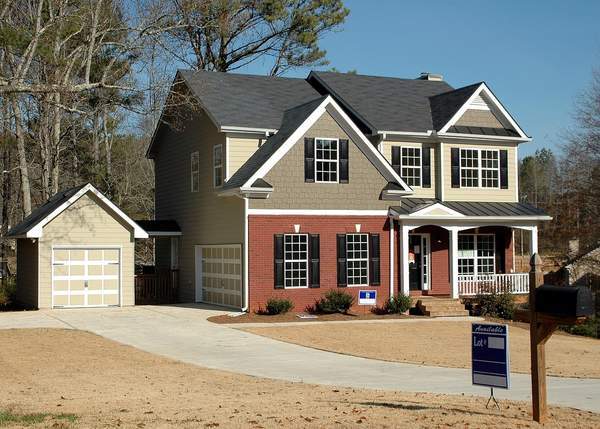When you’re considering buying a home, the last thing you want is to inherit a series of costly repairs due to previous owners’ DIY mishaps. Spotting these potential pitfalls before finalizing a purchase is crucial. As seasoned home inspection professionals, we understand the nuances and warning signs that prospective buyers often overlook. Here’s how you can identify DIY repair disasters before they become your problem.
Check for Electrical Wiring Issues
Electrical systems are complex and best left to professionals. Unfortunately, DIY attempts can lead to hidden dangers. Look for these red flags:
- Non-standard colors or mismatched wires which may indicate improper installations.
- Loose outlets or switches that suggest poor handiwork.
- Overloaded breaker panels or visible wire splicing without junction boxes, which breach safety standards.
Adhering to the National Electrical Code is essential, and deviations can pose significant risks. A professional inspector will have the expertise to identify these hazards efficiently.
Inspect Plumbing for Subpar Repairs
Plumbing is another area where DIY repairs can lead to future problems. Consider the following:
- Check for mismatched pipe materials, such as PVC connected to metal without proper adapters.
- Look for signs of leaks or water damage around sinks, toilets, and showers.
- Ensure that water pressure is consistent, indicating a sound plumbing system.
Improper drainage slope or non-compliant pipe sizes can lead to clogs and water damage. Knowing what to look for can save you from future plumbing headaches.
Examine Structural Integrity
DIY enthusiasts may attempt structural repairs that compromise safety. Pay attention to:
- Uneven floors or doors that don’t close properly, indicating potential foundation problems.
- Visible cracks in walls and ceilings that could signify settling issues.
- Improperly installed load-bearing elements, such as beams or posts, which might not meet building codes.
Understanding local building codes and standards can help you assess whether repairs meet safety requirements.
In conclusion, recognizing DIY repair disasters requires a keen eye and professional knowledge. While some issues may be visible, others might not be as apparent and could lead to significant future costs. To ensure peace of mind, consider hiring a professional home inspection service to thoroughly evaluate your potential new home and avoid any nasty surprises.


Recent Comments